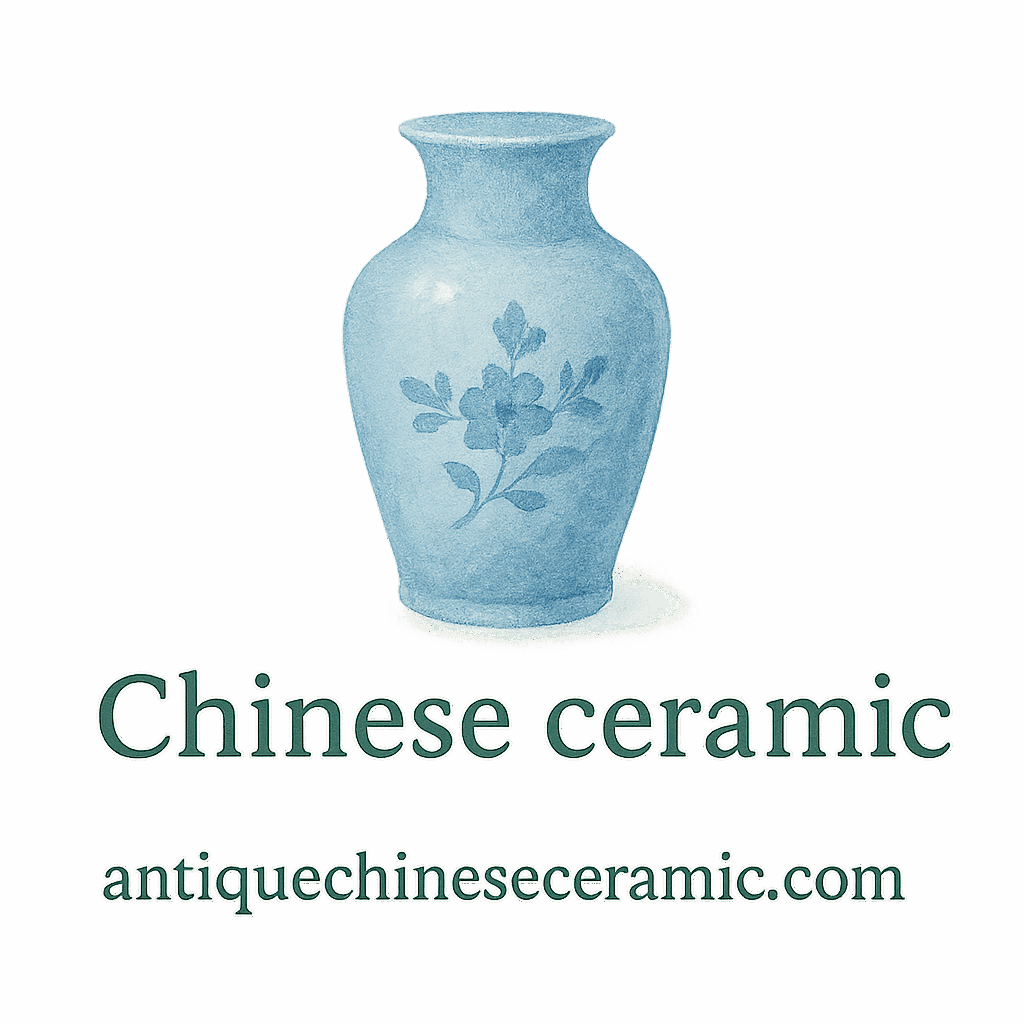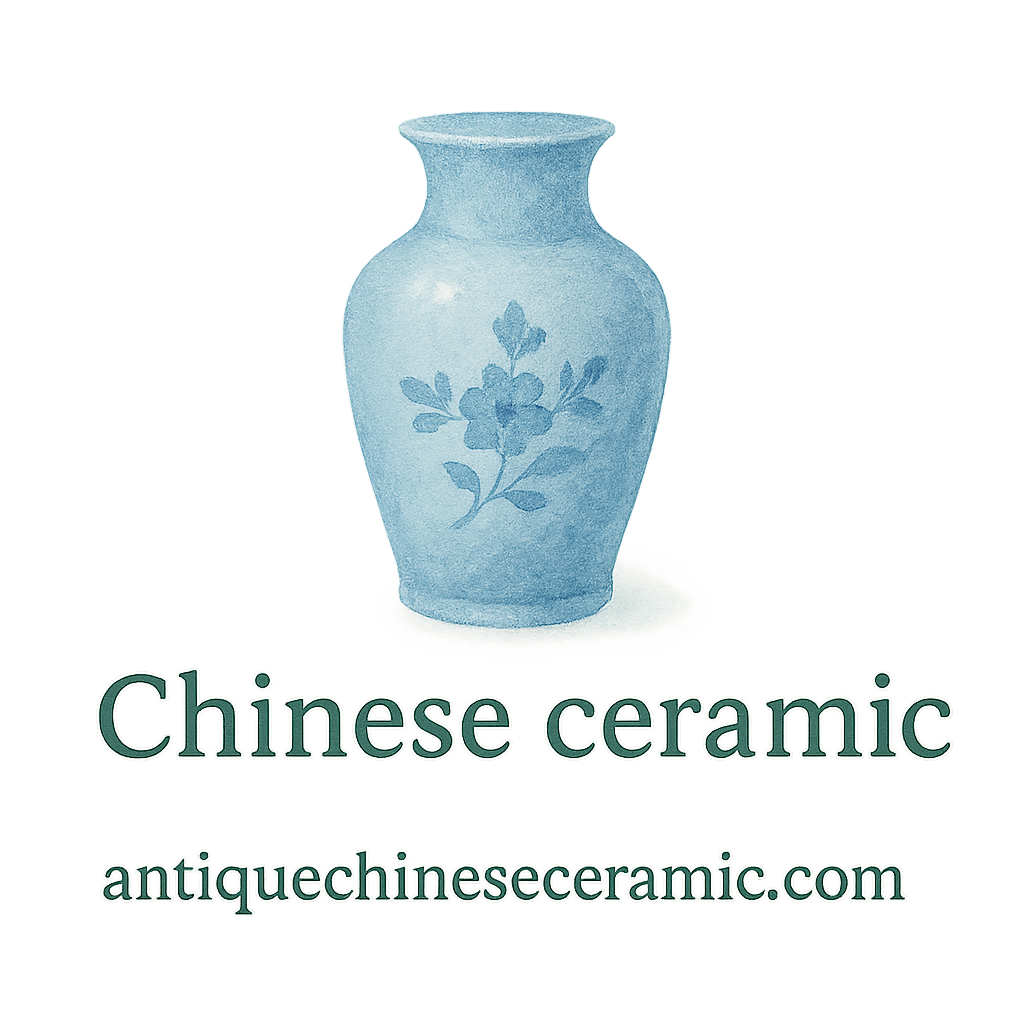If you’ve ever wondered why one piece of Chinese porcelain sells for a few hundred dollars while another fetches millions at auction, you’re not alone. The value of antique Chinese ceramics isn’t just about age or beauty—there’s a whole web of factors that come into play.
Whether you’re a curious collector or just love learning about art history, this guide walks you through the 10 key factors that influence the value of antique Chinese ceramics—and how you can spot them like a pro.
Let’s dive in.
1. Age and Historical Era
Dating Ceramics Accurately
The older a ceramic piece is, the more likely it is to be valuable—if it’s in good condition. Age helps establish the rarity and historical significance of the item. Experts use thermoluminescence dating, kiln technology analysis, and stylistic comparison to estimate the age.
Explore the timeline of ceramic dynasties to see how styles and techniques evolved.
Popular Dynasties and Periods
Some dynasties are simply more collectible than others. Pieces from the Tang, Song, Ming, and especially the Qing Dynasty (think Kangxi, Yongzheng, Qianlong reigns) are incredibly sought after. These eras are considered the golden age of ceramic artistry.
Visit our deep dive into Chinese ceramic history to learn why these periods matter so much.
2. Provenance and Ownership History
Importance of Documentation
Provenance is the story behind a ceramic piece—who owned it, where it was stored, and how it’s been passed down. Well-documented provenance adds both credibility and value, especially when traced back to royal collections or prestigious auctions.
Famous Collectors and Exhibits
If a piece was once in a famous museum exhibit or owned by a renowned collector, it automatically becomes more desirable. Think of it like name-dropping for ceramics.
For more, explore auction-related tags on our site to see how provenance influences prices.
3. Condition and Preservation
Cracks, Chips, and Repairs
The condition of a piece can make or break its value. While some wear is expected, significant cracks, chips, or amateur repairs can decrease value dramatically.
Our section on care and preservation includes tips to maintain ceramic integrity.
Professional Restoration
High-end restoration, if disclosed properly, can maintain or even enhance the value of rare items. But deception about restoration? That’s a deal breaker.
Cleaning and Surface Issues
Over-cleaning can remove vital historical residue or glaze. Check our tips on surface care and cleaning to avoid damaging your collection.

4. Rarity and Production Numbers
Limited Editions and Unique Pieces
Was it one of hundreds or one of five? Limited production runs or one-of-a-kind commissions skyrocket value.
Workshop Marks and Variants
Some workshops made subtle design tweaks or had different artisans sign their work. Understanding these can help you spot rare variants. Head to our identification guide to decode workshop marks.
5. Craftsmanship and Artistic Detail
Glaze Techniques and Painting Quality
A beautiful, balanced glaze and precise painting show a high level of skill. Pieces with uneven glaze or sloppy lines are usually less valuable—unless they’re from early experimentation periods.
Intricate vs. Minimalist Design
Intricate, symbolic designs often carry more value, but there’s also a growing appreciation for minimalist aesthetics, especially from the Song Dynasty.
Check out similar discussions in the quality tag section.
6. Cultural and Symbolic Significance
Motifs and Their Meaning
Dragons, phoenixes, cranes, lotuses—all of these carry powerful symbolism. A vase featuring imperial dragons has a higher perceived and cultural value than a plain bowl.
Religious and Imperial Usage
Items used in rituals or imperial courts are more desirable. You can find symbolic decoding under our detail and dynasties categories.
7. Market Demand and Trends
Auction Prices and Online Sales
Trends can influence value just like in fashion. A style that was overlooked 10 years ago might be the next hot ticket at auction.
Collector Trends by Region
Western collectors may favor blue-and-white Ming porcelain, while Asian collectors might chase celadon or famille rose pieces.
Our collecting hub breaks down global interest by region.
8. Authentication and Expert Appraisal
Certificates and Expert Opinions
Third-party appraisals from recognized experts or institutions are essential when determining value. This is especially critical for high-end or imperial pieces.
Fake vs. Authentic Ceramics
The market is flooded with replicas. A trained eye can spot inconsistencies in glaze, weight, and even brush strokes.
Explore our guide to appraisal and authentication to spot a fake from a mile away.
9. Size, Form, and Functional Use
Bowls, Vases, and Containers
The shape matters. Vases and jars generally command higher prices than bowls or plates—especially if they’ve maintained their original lids or attachments.
Scale and Decorative Impact
Larger pieces can dominate a room and often fetch more at auction, but smaller, more intricate pieces are also prized for their detail.
Browse containers for more shape-specific insights.
10. Regional Kiln Origin and Signature
Jingdezhen and Other Notable Kilns
Known as the porcelain capital of China, Jingdezhen produced some of the finest ceramics in history. Pieces from this region are inherently more valuable.
Influence of Local Techniques
Different kilns developed unique glazes, clays, and firing techniques. Recognizing where a piece came from helps determine authenticity and value.
Dive deeper into kiln origins in the heritage section.
Conclusion
When it comes to the value of antique Chinese ceramics, it’s never about just one thing. It’s about the intersection of art, history, culture, and craftsmanship. From age and rarity to provenance and condition, each factor layers on another level of significance—and price tag.
If you’re looking to build a collection, preserve a family heirloom, or invest in something meaningful, remember: knowledge is your most valuable asset.
Want to learn how to care for your treasures? Visit our care and preservation page to get started the right way.
FAQs
1. How do I identify the age of an antique Chinese ceramic?
Use thermoluminescence tests, glaze analysis, and historical comparisons. Visit our identification guide for details.
2. What makes Qing Dynasty ceramics so valuable?
Their imperial craftsmanship, vibrant colors, and historical importance make them highly prized. Read more on Chinese ceramic dynasties.
3. Is it safe to clean antique ceramics at home?
Only using recommended materials. Improper cleaning can ruin value. Our cleaning tips help you do it right.
4. Are all restored antiques less valuable?
Not always. High-quality, professional restoration can preserve or even enhance value—especially for rare pieces.
5. Where can I get a Chinese ceramic appraised?
Through certified experts or museums. For more, check out the appraisal section.
6. What is the best way to store antique ceramics?
Keep them away from moisture and light. Learn more in our storage guide.
7. Can I still find valuable pieces at auctions or estate sales?
Absolutely! But research is key. Our collecting guide helps you make smart decisions.


